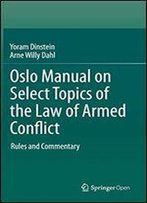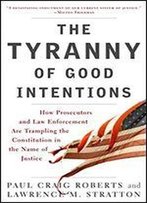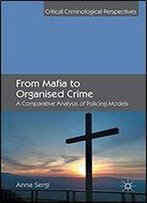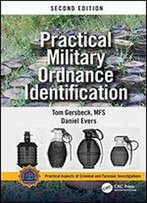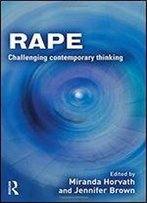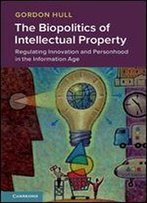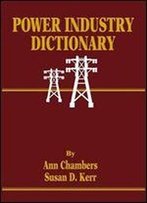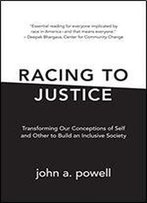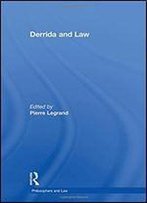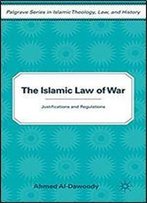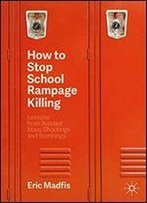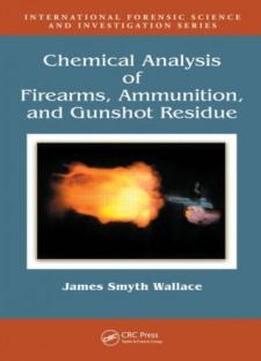
Chemical Analysis Of Firearms, Ammunition, And Gunshot Residue (international Forensic Science And Investigation)
by James Smyth Wallace /
2008 / English / PDF
4.9 MB Download
Firearms and their associated ammunition, spent bullets, and spent cartridge cases provide useful information for identifying suspects, terrorist groups, and the criminal history of a weapon. Unfortunately, despite the numerous detailed books on the physical aspects of firearms, very little has been published on the chemical aspects, and what has been published is sparse and fragmented.
Compiling information from the available literature and supplementing gaps with private communications and personal observations and research,
Chemical Analysis of Firearms, Ammunition, and Gunshot Residue
summarizes the history of firearms and ammunition as it relates to the development of modern weapons. It details chemical aspects of forensic firearms casework with particular emphasis on the detection of gunshot residues (GSR) on a suspect’s skin and clothing surfaces.
Drawing on the extensive experience of the Northern Ireland Forensic Science Laboratory (NIFSL) which processed a large firearms caseload during the region’s recent violent past, this book records the statistics gathered and the scientific methods developed to meet the demands of law enforcement and courts of law. It describes the analysis and methodology developed to routinely examine samples from terrorist suspects for both firearms and explosives residues.
Providing crucial, hard-to-find data for forensic laboratories and forensic chemists with little or no prior knowledge of firearms, this seminal work presents a wide range of firearms chemistry information and outlines the creation of a statistical database to aid investigations.
Dr. James Smyth Wallace
is a retired U.K. forensic scientist and a 25 year veteran of the Northern Ireland Forensic Science Laboratory. He is the author/co-author of 14 scientific papers, as well as a forensic science textbook. He is a member of the Forensic Science Society and retains an active interest in forensic chemistry, particularly in the area of trace evidence detection.
